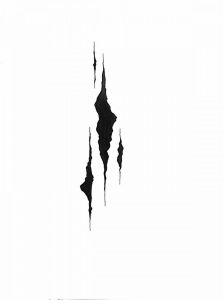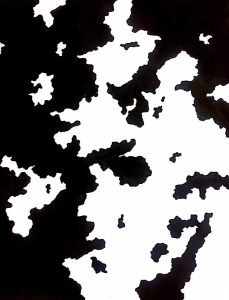Sound Visualizations : Phase 3
This project involved many elements. There was sound, and how we imagined it with the help of lines, shapes, rhythm and repetition. The position and scaling and repetition of each image helped with forming a balanced Mashup of Legato and Staccato figures. I learned Legato an Staccato are a form of sounds. Staccato being separated from each other and Legato a long steady consistent flow. I also used Photoshop, to animate my composition, to create movement to the different forms of sounds added in the animation. With the next project, I’ll feel a lot more confident working with Photoshop. I enjoyed watching my hand draw creation come to life on the screen.





Recent Comments